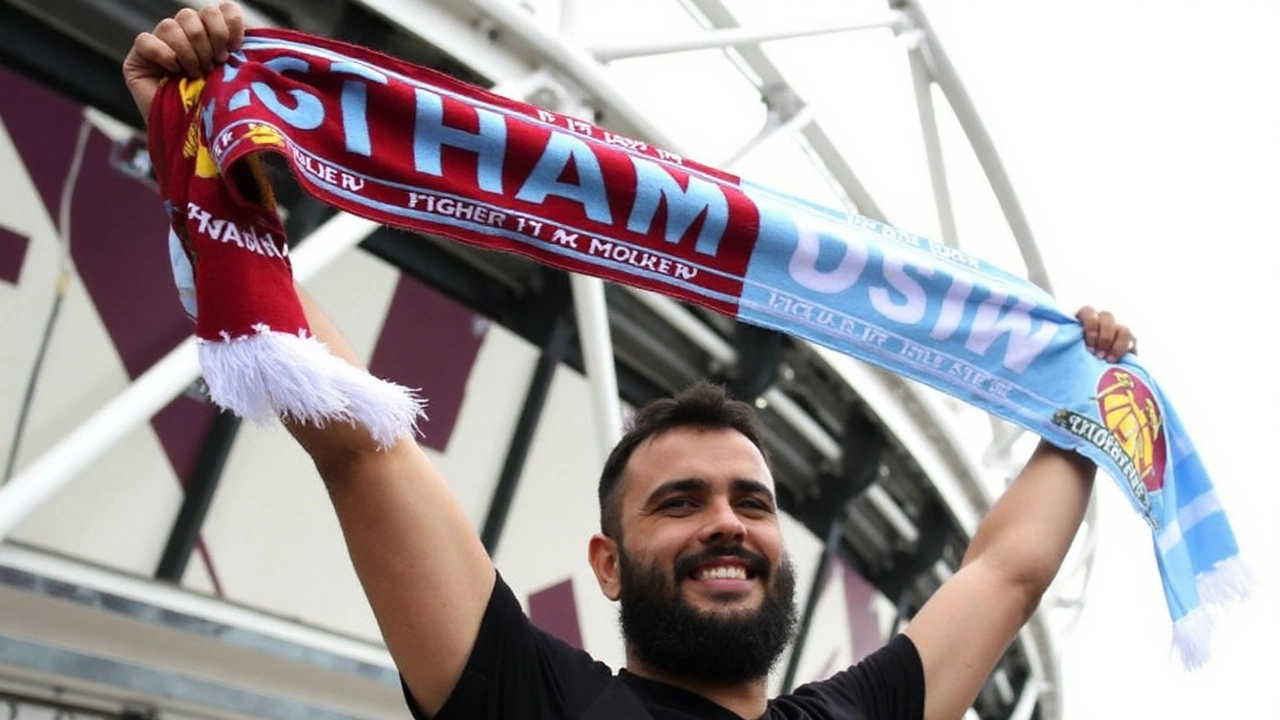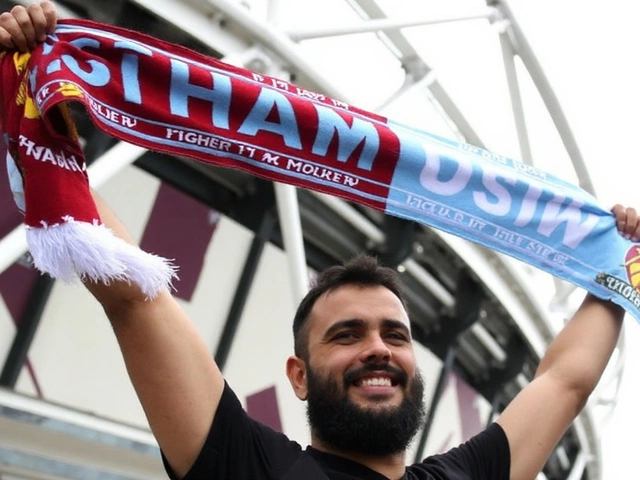
No official word yet, but the review machine is running
There’s been no formal Premier League announcement after the heated West Ham–Tottenham clash, even as the debate over refereeing and VAR has spilled across TV panels and social feeds. That silence doesn’t mean nothing is happening. It usually means the process is moving behind the scenes: reports from the referee and VAR team, internal clips getting reviewed, and key incidents tagged for deeper scrutiny.
The fallout focused on familiar flashpoints in this fixture: tight offside calls with VAR line-drawing, handball interpretations in the box, potential red-card thresholds, and how much added time was applied at the end. These are the same pressure points that have left players and fans frustrated all season. Tottenham’s fast transitions and high line can drag games into chaos. West Ham, who’ve shipped 11 goals across a short recent run, have been vulnerable in those moments—especially on set pieces and when they lose the ball in midfield.
So what happens next? Typically, within 24–48 hours, officials file their match reports. PGMOL, the body that oversees referees, then logs the most controversial incidents for its routine reviews. If something looks off—say, a subjective handball that didn’t get an on-field review, or an offside check that took too long—analysts will reconstruct the sequence, check camera angles, and compare decisions to the guidance issued to referees at the start of the season.
What the league could clarify—and how the system works
When a game becomes a talking point, the league has a few tools. Sometimes there’s a private acknowledgment to clubs if a mistake is clear. Other times, PGMOL addresses it publicly in its next broadcast segment that opens up the audio and thinking behind big calls. Since last season, the officials’ body has taken small steps toward transparency, sharing clips and explanations of the toughest incidents. It’s not perfect, but it’s more than fans got a few years ago.
Expect any communication—if it comes—to stick to process and interpretation rather than emotion. That’s by design. The league tries to explain the decision framework so the next similar call is easier to understand. It won’t rewrite a result. It might, however, tighten guidance or flag a point of emphasis for referees in the next round, especially around handball thresholds or when to send a referee to the monitor for a subjective check.
Here’s what an announcement or follow-up could cover:
- Handball and fouls: Why a threshold did or didn’t trigger an on-field review, and how “unnatural position” or “clear contact” was judged.
- Offside checks: How the lines were set, whether a phase in the buildup mattered, and expected time savings once semi-automated offside goes live.
- On-field monitor use: When VAR should recommend a review, especially on subjectives like penalties or red cards.
- Stoppage time: How additional minutes were calculated under the current guidance on time-wasting, subs, and injuries.
- Audio transparency: Whether the incident will feature in the next officials’ explainer segment with the referee–VAR conversation.
- Appointments: If a clear error is admitted, whether officials will be rotated out for a period and sent for extra coaching.
The controversy also lands at an awkward moment for both clubs. West Ham’s defensive numbers have dipped—set pieces, second balls, and counters are hurting them. A few small tweaks can steady that: a deeper line late in halves, a dedicated blocker on the near-post zone at corners, and a cleaner counter-press after turnovers. Tottenham, meanwhile, thrive when games speed up. They live on quick restarts and early balls into space; if the officiating is strict on restarts’ placement and encroachment, it can slow that rhythm and reduce chaos.
Zoom out and the bigger picture is changing. The league approved semi-automated offside technology for rollout, which should cut the time on marginal offside checks and reduce line-drawing debates. Officials have also been pushed to stick with on-field thresholds—raising the bar for VAR intervention on subjective calls. That’s meant fewer monitor trips in some weeks, but also more friction when a gray-area decision goes against a side in a big moment.
What do clubs want here? Consistency and speed. Managers have asked for tighter time limits on VAR checks, clearer communication for captains on the pitch, and more public explanations after the fact. Players want to know what will be penalized today that wasn’t last month. Fans just want the calls to make sense in real time. If the league speaks on this game, expect it to promise better clarity, not sweeping rule changes overnight.
For now, watch for two things. First, whether PGMOL includes the key moment—or moments—from West Ham–Tottenham in its next explainer, complete with audio. Second, whether the weekend appointments show any quiet accountability for the crew involved. Those are the usual markers after a weekend that lights up the phone-ins.
The football keeps coming, and this rivalry rarely cools down. West Ham will try to close the gaps at set pieces and protect the spaces in front of their back line. Tottenham will keep pushing the tempo and testing the margins on transitions. The officiating debate will follow them, because that’s the sport right now: faster, more tactical, and under a microscope that never blinks.




